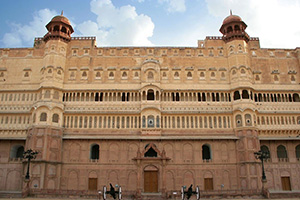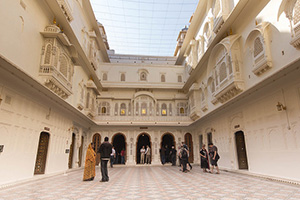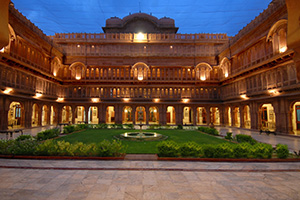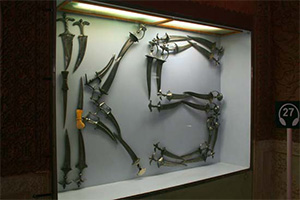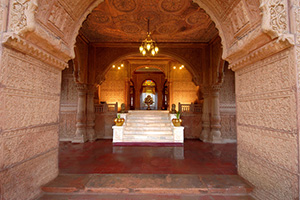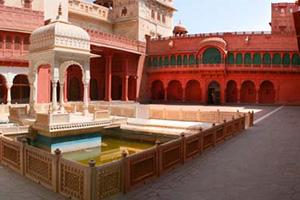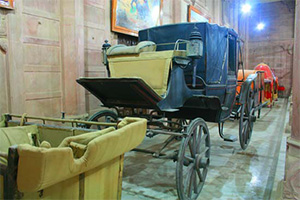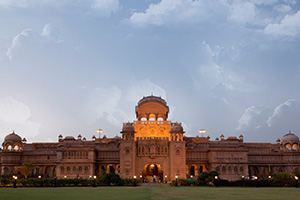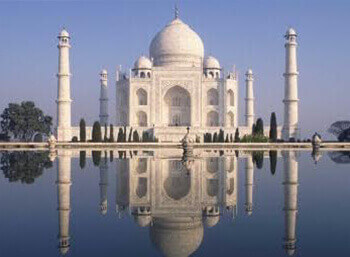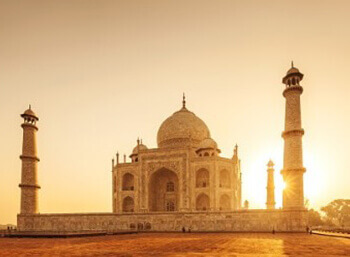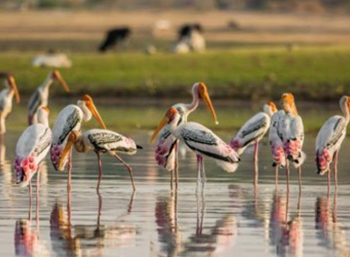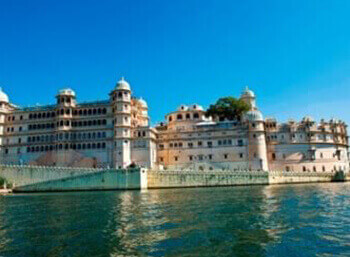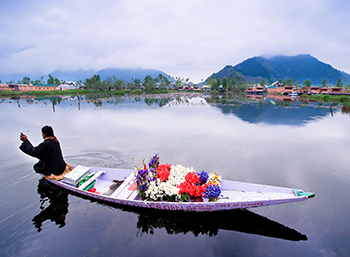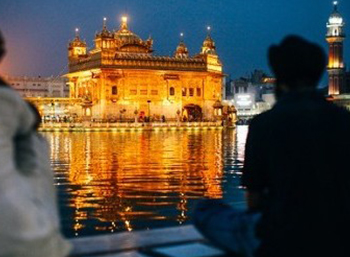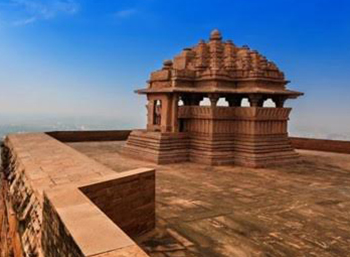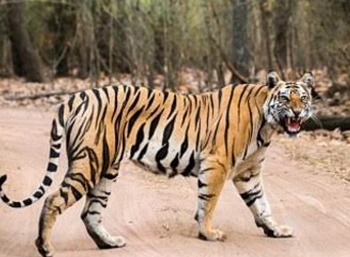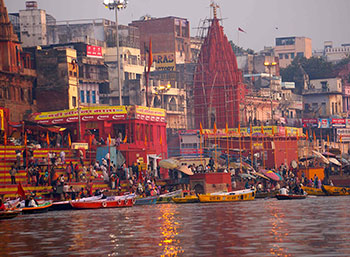Tourism In Rajasthan
Bikaner
Founded by one of the scions of the house of Jodhpur, Bikaner's 15th century history combines adventure with enterprise. In later centuries, as an ally of the Mughals and the British, it was able to develop as a modern state, though its architectural attractions remain splendidly Rajput. One of the principal outposts of the desert, its is also a major centre for camel breeding.
History
Bikaner is 500-year-old town standing still in time. The rulers here built beautiful forts that echo of opulence and images of monsoon clouds in this dry land. The wealth of its architectural heritage lies in its forts, palaces and temples– magnificent creations in red and yellow sandstone, are living.
Here is a temple where rats are held sacred. Today the city is known for flourishing industries of food, wool and camel breeding. The genesis of Bikaner dates back to 1488A.D, when a Rathore prince, Rao Bikaji, son of Rao Jodhaji of Jodhpur, chose a barren wilderness called ’Jangladesh’ and transformed it to a charming city called ’Bikaner’, after the founder’s name. Not only do the traditions come alive here in colourful bazaars and Havelis, but Bikaner is also famous for the best riding camels in the world.
Ever since the foundation of Bikaner till its accession into Indian Union in 1947 A.D. and there after it's integration in Rajasthan state in 30-3-1949 A.D., Bikaner has played a notable role in the history of the country. Bikaner state has produced several able Generals and warriors and distinguished Rulers and just to name of few Raja Rai Singh Ji-One of Akbar's most distinguished Generals. Another famous name is Raja Anup Singh who ascended the throne in AD 1669 a scholar and warrior. His period has been described as "the golden time of Bikaner valor and fame".
Places To See
Junagarh Fort, Bikaner
The fascinating piece of architecture was built between 1588 -1593 AD by Raja Rai Singh (1571 - 1611 AD) , a general in army of Mughal emperor, Akbar. The imposing fort has 986 long wall with 37 bastions and two entrances. The Suraj Pole (Sun Gate) is main entrance to the fort. The palaces within the fort are on the southern side and make a picturesque ensemble of courtyards, balconies, kiosks and windows.
Lalgarh Palace, Bikaner
The architectural masterpiece in red sandstone, built by Maharaja Ganga Singh (1881 AD-1942 AD) in memory of his father Maharaja Lall Singh between 1902 -1926.This magnificent palace is an example of pure Rajput martial architecture. Designed by Sir Swinton Jacob, this palace has several grand halls, lounges, cupolas and pavilions. The exotic palace has magnificent pillars, richly carved fire mantles , Italian colonnades and motif of lotus in full bloom , adding to the magic of this.
Gajner Palace, Bikaner
Gajner Palace -a summer resort of Bikaner Maharajas -has often been described as ' an incomparable jewel in the Thar desert'. Built by Maharaja Ganga Singh ji of Bikaner, palace stands on the embankment of a lake .The palace was used by Maharaja for grand shoots and lavish entertainment. Royalty, both Indian as well as international, Viceroys and other dignitaries have been entertained at this grand palace.
Ganga Golden Jubilee Museum, Bikaner
The museum offers a collection of royal costumes, weapons, ornaments, ancient statues and exquisite paintings, one of which depicts the signing of the Versatile Treaty by Ganga Singh. In addition to this, it also has collection of terracotta from the Gupta period.
Shopping
Bikaner is a nice place to shop. Bikaner, known in the world for it's "BHUJIA & PAPADS", spicy snacks made from fried gram and pulses and also for "RASGULLAS" (a dessert). It has also attained popularity for items stitched out of camel hide which includes belts, wallets, bags, and Jutties (footwear) etc. Government Khadi Emporium at Mahatma Gandhi Road for local blankets, rugs, carpets, wood carvings and lacquer work. Bikaner is a famous centre for embroidery and appliqué work, painted pottery, carpet weaving and delicately carved wooden doors. Bikaner is also famous for a variety of snacks, especially the Bikaneri bhujia.
How To Reach
By Air
Bikaner is well connected to the nearby towns and cities of importance. Nearest Airport is Jodhpur 240 kms. The airport is easily accessible by road. s
By Rail
Bikaner is on the metre gauge network of the western Railways. It has convenient connections from Delhi and Jodhpur. Air-conditioned coaches are attached to Delhi trains
Road
Bikaner is well connected by road to the rest of the country. The National Highway No 8 connects Agra to Bikaner via Jaipur while National Highway No 11 runs from Pathankot to Kandla port, via Amritsar and Bhatinda. Regular bus service operates between Bikaner and major cities like Jaipur, Kota, Udaipur, Jaisalmer, Jodhpur and Ajmer. Rajasthan Roadways run daily deluxe coaches between Jaipur and Bikaner.s
